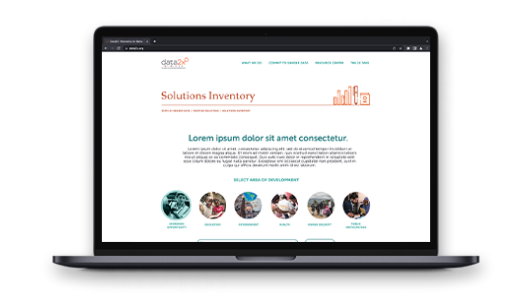
What Are Cross-Domain Solutions?
Cross-domain solutions are solutions that may be relevant to more than one sector. A survey on political participation may, for example, collect data on women’s health and education. The solutions in this section are cross-sectoral methods of data collection that are not sector-specific. They can be applied in many sectors to complement or replace other methods of data collection.
How big data and/or social media analyses help
When understaffed or in times of crises, national statistical offices may need other sources of information. Big data or social media analyses can be used to detect household or gender-based violence, or to further identify women who hold executive roles in employment. For example, analyzing tweets and the language that surround tweets has been used to assess family violence during the COVID-19 pandemic.
Additionally, data on professional leadership and representation of women in the labor force can be collected from professional social media platforms such as LinkedIn. However, many big data solutions depend on “digital exhaust”— the data collected from cell phones, credit card transactions, and Internet use. Therefore, care must be taken to avoid biased samples that leave out poor people, women, and other vulnerable groups.
Big data or social media analyses can be used to detect household or gender-based violence, or to further identify women who hold executive roles in employment.

The Importance of Partnerships to Succeed
Forming partnerships with data producers in the private sector is essential for use and to scale up big data or social media analyses to fill in gaps in thematic areas where data are most needed. These partnerships are also necessary to bridge the skills gaps that prevent many from using big data. In addition, existing data sharing partnerships and governance frameworks may be insufficient to handle the speed and volume of this kind of data, which underscores the importance of revisiting partnerships and existing frameworks.
To access a full list of sources for the above, click here. To view the entire report, follow this link.
Close Gender Data Gaps
Explore more solutions that are practical and scalable across multiple development sectors.

